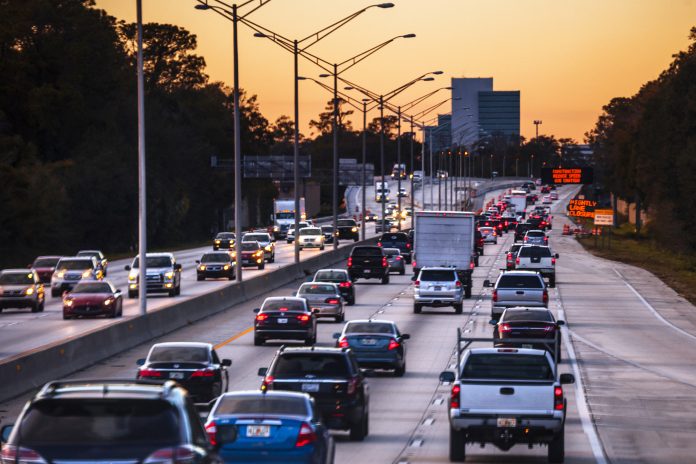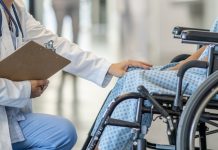A recent study to be presented at the SLEEP 2024 annual meeting has revealed a significant public safety concern: Drowsy driving among teenagers. But what is the government doing to tackle unsafe young drivers?
The study revealed that one in six adolescent drivers in the U.S. have driven while drowsy.
A public health concern
According to the study, an estimated 1.7 million teenage drivers have driven drowsy, with over 400,000 teens driving drowsy at least once per week.
The findings point to demanding work or school schedules as primary factors preventing teens from getting enough sleep. Teen drivers with jobs are more than twice as likely to have driven drowsy compared to those without jobs.
“This is a troubling rate, especially given that teens are new drivers with relatively low opportunity to have engaged in drowsy driving when compared to the lifetime of driving opportunities in adults,” said Joseph Dzierzewski, PhD, vice president of research and scientific affairs at the National Sleep Foundation.
The dangers of drowsy driving
Despite recognising the dangers of drowsy driving, with 95% of teens acknowledging it as extremely or very risky, they still perceive it as less dangerous compared to drunk, drugged, or distracted driving.
This difference shows the need for better education and awareness regarding the severe risks associated with drowsy driving.
The National Sleep Foundation has been proactive in addressing this issue through its Drowsy Driving Prevention Week since 2007 and recently published a new position statement on drowsy driving.
Educating teens on drowsy driving for safer roads
The American Academy of Sleep Medicine (AASM) also emphasises the importance of tackling drowsy driving, advocating for mandatory instruction on this topic in driver’s education programs, comprehensive information in state curricula and driver’s manuals, and inclusion of drowsy driving questions on driver’s license exams.
AASM encourages drivers to prioritise good sleep, avoid driving when sleep-deprived, recognise signs of drowsiness, and pull over to a safe location if needed. These recommendations aim to reduce the majority of drowsy driving and enhance public safety.
The study surveyed 1,124 U.S. teenagers aged 13 to 17 years to assess their experiences and beliefs about drowsy driving. Participants reported their frequency of driving while drowsy, reasons for sleep deprivation, and perceived risks associated with drowsy driving.
Proposed ban on young passengers for new drivers under 25
New drivers under 25, in the UK could face a ban on carrying young passenges, as part of a proposed “graduated driving licence” scheme.
The scheme, backed by the Department for Transport’s advisory committee, Support for Victims of Road Crashes, aims to improve road safety for young drivers.
If implemented via the Road Traffic (New Drivers) Act, new drivers would be prohibited from carrying passengers under 25 for the first year or six months after passing their test.
Statistics show that one in five drivers crashes within a year of getting their licence, and over 1,500 young drivers are killed or seriously injured annually in the UK. The charity Brake highlighted late-night driving, speeding, drunk and drug driving, and mobile phone use as key risk factors.
1,500 young drivers are killed or seriously injured annually in the UK
Previously considered under Theresa May’s government, the scheme faced concerns about its impact on young professionals working night shifts. However, with men aged 17-24 being four times more likely to suffer severe road accidents than those over 25, the campaign for stricter regulations has gained continued attention.
The government is taking a broad approach to address these issues, prioritising the safety of young drivers and their passengers.
As motor vehicle crashes are a leading cause of death among U.S. teenagers, this research shows the urgent need for increased attention to this preventable issue. “Drowsy driving represents an immediate, and potentially tragic, consequence of poor sleep health, residing at the literal intersection of sleep health and public safety,” Dzierzewski said.











